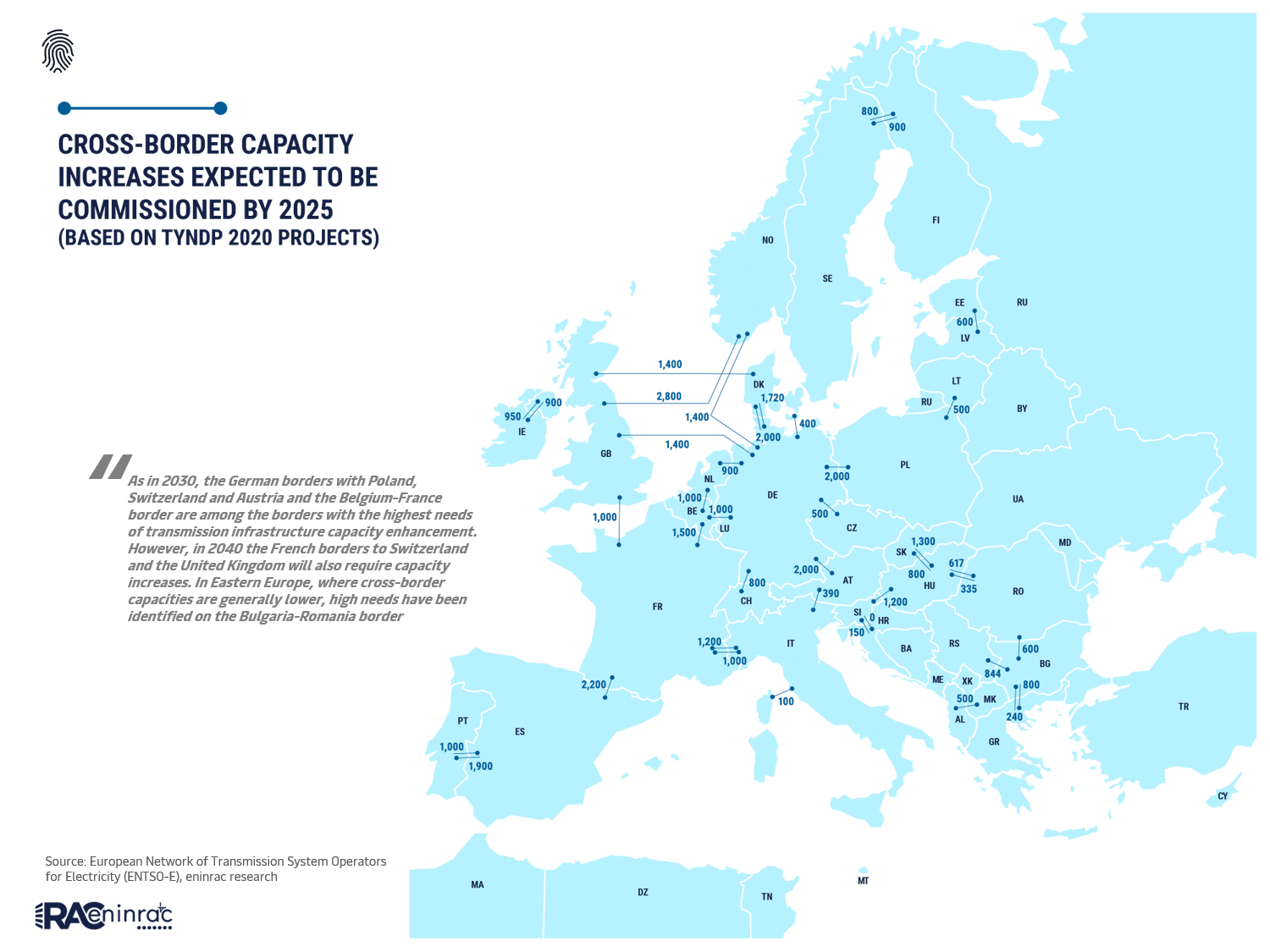
Report Summary Exploring the Present and Future of Power Transmission in Europe: A Comprehensive Outlook for 2023 and Beyond
Power Transmission in Europe & Outlook 2030
Share Report
License Type
In addition to single user license
- About
Power Transmission in Europe is set to receive a significant boost as The European Union has agreed to invest €1.037 billion (USD 1.18 billion) in five cross-border infrastructure projects under the Connecting Europe Facility (CEF) for trans-European energy networks. The CEF will provide financial support for four construction projects and one study. The largest share of the funding, €657 million (USD 746 million), has been allocated to the EuroAsia interconnector project, which aims to establish the first electricity interconnection between Cyprus and the European grid.
The construction project includes 3 projects for electricity transmission as follows:- EuroAsia Interconnector (€657 million or USD 746 million) : The EuroAsia interconnector project is an ambitious electricity infrastructure project that will interconnect the transmission networks of Cyprus and Greece, effectively ending the energy isolation of Cyprus. The project involves laying approximately 898 km of undersea cables, which will set new world records for a project of this kind due to the maximum sea depth of 3000 meters.
- Baltic Synchronisation Project Phase II (€170 million or USD 192 million): The Baltic Synchronisation project, which aims to integrate the power grids of Estonia, Latvia, Lithuania, and Poland with the wider European grid, has received further funding under the second phase of the Connecting Europe Facility (CEF) program. This funding will be used to reinforce the grid in Poland and upgrade the transmission infrastructure in Lithuania, Latvia, and Estonia.
- Aurora Line (€127 million or USD 143 million): The Connecting Europe Facility (CEF) will fund the development of a third transmission line between Sweden and Finland, increasing electricity transmission capacity and integrating onshore and offshore renewable electricity.
This report offers a thorough analysis of the Power Transmission in Europe , providing valuable insights into the current state of the network and upcoming projects scheduled until 2030. The study is conducted on a country-by-country basis, examining each region to identify key opportunities that exist until 2030.
- TOC
- USPs
- Key Highlights
- Report Insights
- Must Buy For
- Companies Mentioned
Get your report flyer
Download the flyer to learn more about:
- Report structure
- Select definitions
- Scope of research
- Companies included
- Additional data points








